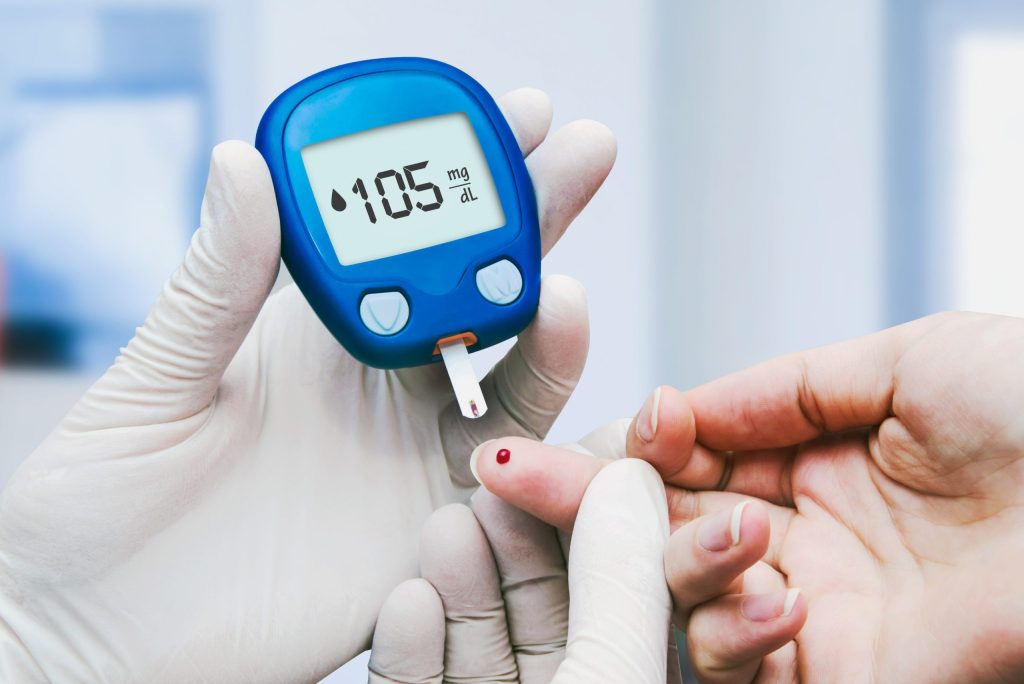It’s crucial to empower seniors with knowledge about diabetes signs – a condition that can impact health significantly. Understanding these signs allows for early detection and proactive management, ensuring a higher quality of life. In this comprehensive guide, we will delve into the various manifestations of diabetes, shed light on the importance of timely recognition, and equip you with the tools to navigate this health concern with confidence. Let’s embark on a journey to prioritize your health and vitality.

Unveiling the Basics of Diabetes
To comprehend the signs of diabetes, it’s essential to grasp the fundamentals of the condition. Diabetes is a chronic disease that occurs when the body struggles to produce or use insulin effectively. Insulin, a hormone produced by the pancreas, regulates blood sugar levels. When this balance is disrupted, it can lead to two primary types of diabetes: Type 1, where the body doesn’t produce insulin, and Type 2, where the body doesn’t use insulin properly. Knowing these distinctions lays the groundwork for recognizing potential warning signs.
The Silent Onset – Early Signs of Diabetes
Diabetes often begins its journey subtly, with early signs that may go unnoticed. Seniors must be vigilant about these subtle indicators. Increased thirst, frequent urination, and unexplained weight loss are common early signs. The body’s attempt to flush out excess sugar through urine can lead to dehydration, prompting increased thirst. Paying attention to these subtle changes and seeking medical advice promptly can be pivotal in early intervention and management.
Navigating Fluctuating Energy Levels
As we age, fluctuations in energy levels become more common. However, persistent fatigue, especially after meals, can be a red flag for diabetes. The body’s inability to utilize glucose efficiently can result in energy depletion, leaving seniors feeling unusually tired. Recognizing the difference between typical age-related fatigue and the excessive tiredness associated with diabetes is crucial for early detection.
The Eyes as Windows to Health
Our eyes often provide insights into our overall health, and diabetes is no exception. Seniors should be attentive to changes in vision, such as blurred or distorted vision. High blood sugar levels can impact the fluid balance in the eyes, leading to changes in the lens shape. Regular eye check-ups become imperative as diabetes can contribute to conditions like glaucoma and cataracts.
Skin Manifestations of Diabetes
The skin, being the body’s largest organ, can also exhibit signs of diabetes. Itching, especially in the genital area, and slow-healing wounds or frequent infections are potential indicators. Elevated blood sugar levels compromise the immune system, making seniors more susceptible to infections. Moreover, reduced blood flow associated with diabetes can hinder the healing process, emphasizing the importance of vigilant skin care practices.
A Closer Look at the Cardiovascular Connection
Diabetes and cardiovascular health are intricately linked, making it essential for seniors to monitor their heart health diligently. Uncontrolled diabetes can contribute to the hardening of arteries, increasing the risk of heart disease and stroke. Chest pain, shortness of breath, and irregular heartbeats may signal cardiovascular complications related to diabetes. Seniors must recognize these symptoms promptly and collaborate with healthcare professionals for effective management.

Taking Control – Lifestyle and Preventive Measures
Empowerment lies in proactive measures. Seniors can take control of their health by adopting lifestyle changes that mitigate the risks associated with diabetes. Regular physical activity, a balanced diet, and consistent monitoring of blood sugar levels are foundational. Collaborating with healthcare providers for regular check-ups and adhering to prescribed medications are crucial components of effective diabetes management. By embracing a proactive approach, seniors can enhance their overall well-being and enjoy a fulfilling and healthy lifestyle.
In conclusion, understanding the signs of diabetes is a crucial step for seniors in safeguarding their health. Early recognition empowers individuals to take charge of their well-being, enabling effective management and a higher quality of life. By staying informed, vigilant, and proactive, seniors can navigate the complexities of diabetes with confidence and prioritize their health for years to come.

